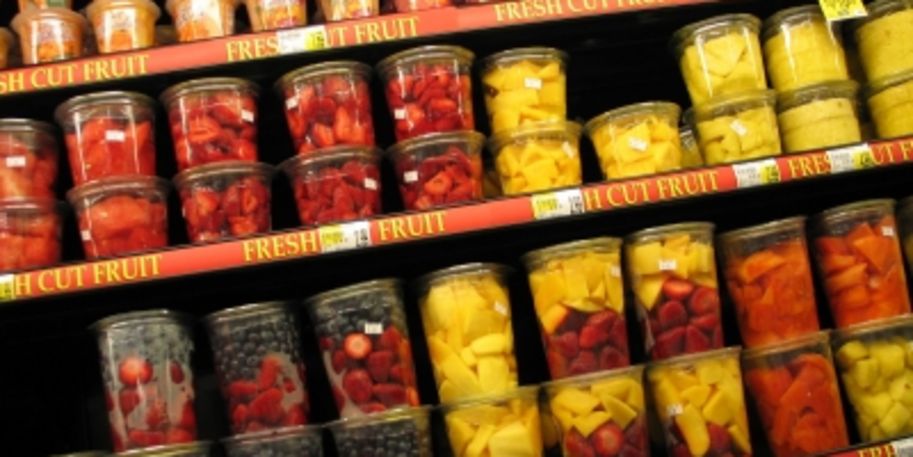Longer distances, greater risk?
Before vegetables and fruit are put into the consumer’s shopping basket, they are nowadays going through more and more processing stations, in which they are produced, processed, packed, transported and stocked. This is primarily the case with so-called fresh-cut food which is offered ready-to-eat in a washed, cut and packed state. But the longer the product chain gets, the higher becomes the risk for germs on the food – especially, if the surface is enlarged by cutting the food.
Aim: Food security through monitoring and sterilization processes
The research project "SAFEFRESH" of the Federal Ministry of Education and Research (BMBF) develops new monitoring and sterilization procedures for this kind of food which are perfectly adapted to the specific product chains. To achieve this goal, inter 3 develops possible threat scenarios of infestations and a use context analysis based on those scenarios.
Further partners in the project led by the Fraunhofer Institute for Process Engineering and Packaging (IVV) are the Leibniz-Institute for Agricultural Engineering Potsdam-Bornim e.V. (ATB) and the Leibniz-Institute for Plasma Science and Technology (INP Greifswald), RIPAC-LABOR GmbH, Jürgen Löhrke GmbH, Neoplas GmbH, the Institute for Microbiology and Epizootics as well as Gartenfrisch Jung GmbH as associated partner.
Result: Custom-fit technology through a several-step analysis approach
Scenarios for security research mustn’t be written just off the top of the researcher’s head. inter 3 establishes a solid, fact-based foundation for the description of significant cause-effect-relations with a preliminary system and sensitivity analysis. Such, a profound evaluation and assessment of possible threat and damage effects can proceed through different courses of contamination. The analysis approach of several steps enables - besides findings about typical contamination risks and places - conclusions about a successful functional embedment and implementation of technical innovations into the product chain which are being developed in the SAFEFRESH alliance.

![[Translate to English:] Porträt von Dr. Susanne Schön](/fileadmin/_processed_/e/4/csm_21c962_ls_weiss-50_6f400480b9.jpg)
![[Translate to English:] [Translate to English:]](/fileadmin/_processed_/3/f/csm_20180107_gefoerdert_vom_bmbf_deutsch_64c5d2497c.jpg)